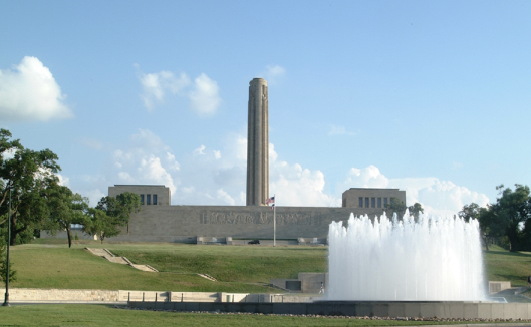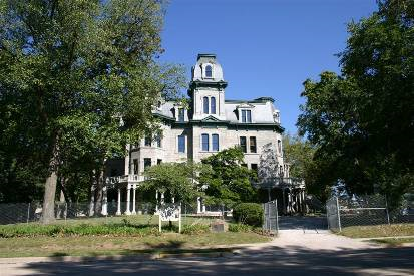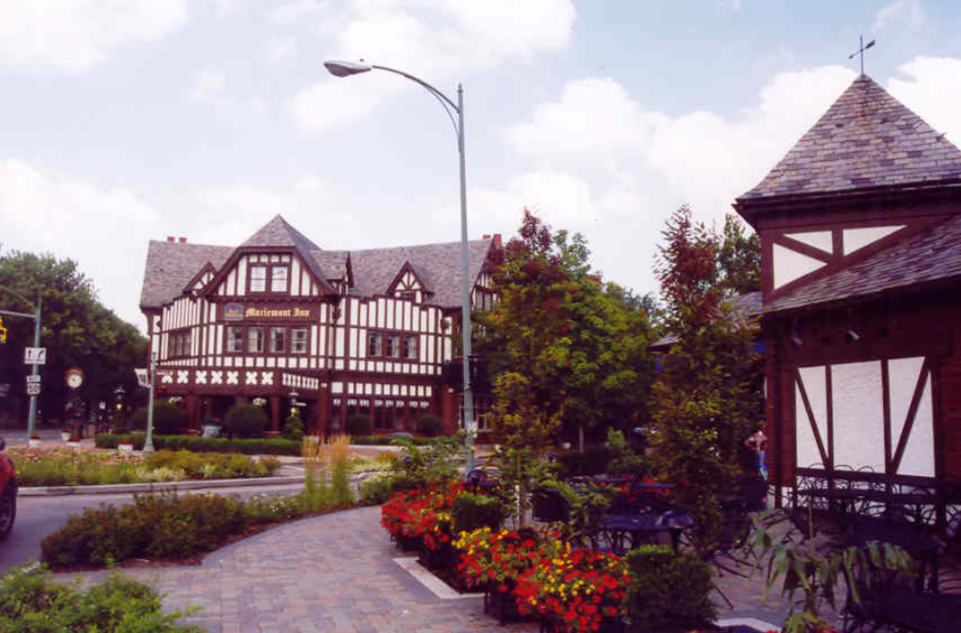Last updated: July 5, 2018
Article
2006-2007 National Historic Landmark Designations

National Park Service
Liberty Memorial
Liberty Memorial in Kansas City, Missouri, constructed from 1923 to 1938, vividly exemplifies the fulfillment of city planning concepts, incorporating monumentally‐scaled Beaux Arts Classicism envisioned by some of the nation’s most notable designers of the City Beautiful Movement working in the early 20th century. The Liberty Memorial expresses ideals about the importance of World War I and honors the veterans of that conflict through aethetic values.Field House
The Field House in St. Louis, Missouri is the home of Roswell Field, the attorney who formulated the legal strategy that placed slave Dred Scott’s lawsuit for freedom before the Supreme Court. In Scott v. Sanford, one of the most controversial cases of the 19th century, Supreme Court Justice Roger B. Taney declared that slaves were not U.S. citizens and that the Missouri Compromise of 1820 abolishing slavery in the territories was unconstitutional. Anger over Taney’s decision energized the Republican party and led the nation’s first antislavery political party to victory in 1860. It took the Civil War and post‐war constitutional amendments to overturn the Dred Scott decision.
National Park Service
Hegler-Carus Mansion
The Hegler‐Carus Mansion in La Salle, Illinois, is a rare surviving example of the residential work of noted Chicago architect W.W. Boyington, who was among the most important early architects of Chicago. Boyington designed the 7‐level, 57‐room Second Empire residence for Edward Hegler, who made a fortune in the zinc smelting business. Hegeler and son‐in‐law Paul Carus operated the well‐renowned Open Court Publishing Company on the ground floor to the house.Spring Grove Cemetery
Spring Grove Cemetery in Cincinnati, Ohio, is nationally significant as the original site and model for the landscape‐lawn concept that dominated American cemetery design from the mid‐19th century into the 20th century. Located four miles north of Cincinnati’s central business district, the 345‐acre property is the creation of cemetery superintendent and landscape gardener Adolph Strauch.
National Park Service
The Village of Mariemont
The Village of Mariemont in Hamilton County, Ohio, is a premier model of an ideal planned community following Garden City principles inspired by Ebenezer Howard, leader of the Garden City movement in England and designer of Letchworth, a few miles north of London. Mariemont Village was a model of an American Garden City design. It is nationally significant for its association with the history of planning in the United States and for architectureand landscape architecture.
Originally published in "Exceptional Places" Vol. 2, 2007, a newsletter of the Division of Cultural Resources, Midwest Region. Written by National Park Service Staff.
